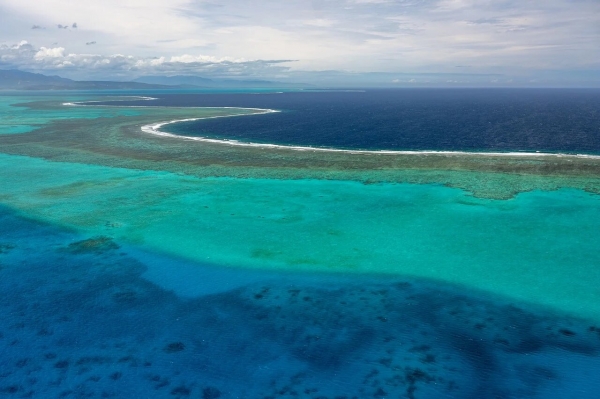New ASU research demonstrates miles-long connection between parent, baby corals.
When imagining corals, the picture that comes to mind is usually a stationary one: a garden of rock-like structures covering sections of the ocean floor.
Reef conservation efforts typically focus on preserving established coral and protecting them from known stressors such as pollution, overfishing and runoff from coastline populations.
However, new research near Miloliʻi in the southwestern part of the island of Hawaii, shows that identifying and protecting marine ecosystems both down-current and up-current of coral reefs, specifically areas where coral larvae are more likely to survive and thrive, is crucial to future coral conservation and restoration efforts — especially as reefs face increasing pressure from the devastating effects of climate change.
Read more at Arizona State University
Photo Credit: xiSerge via Pixabay


